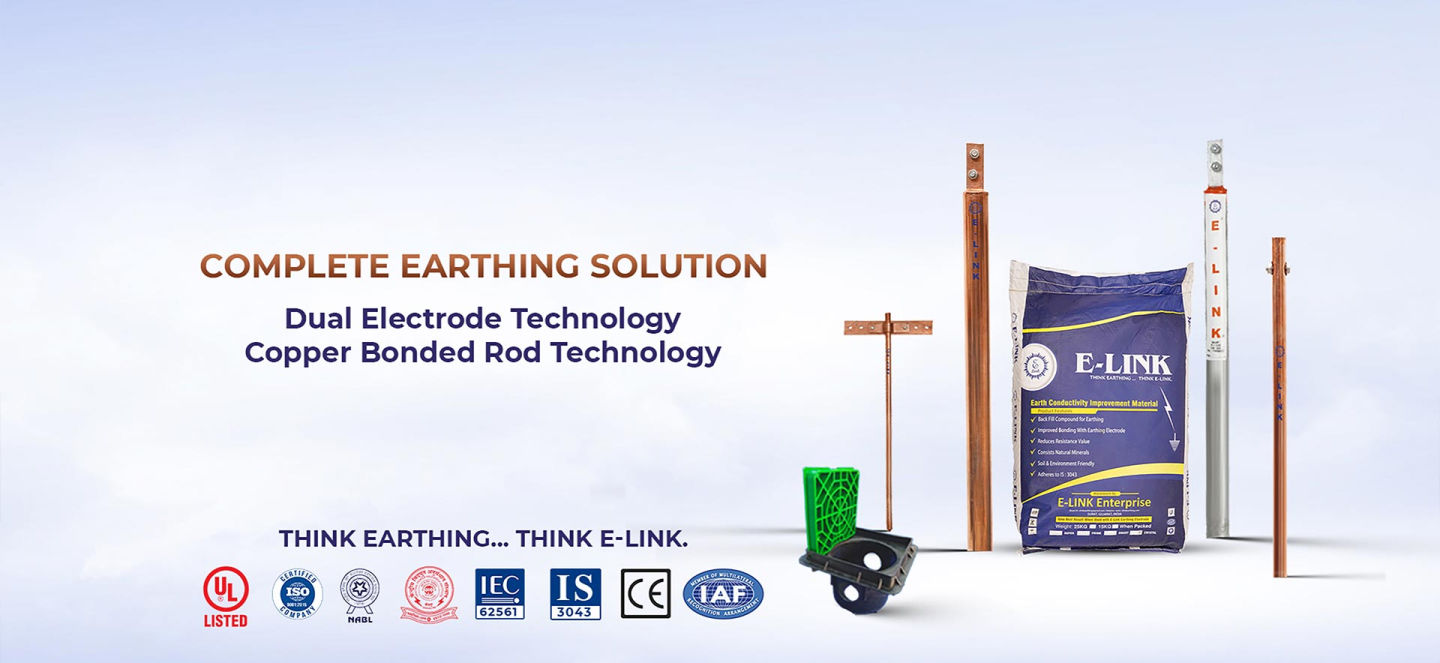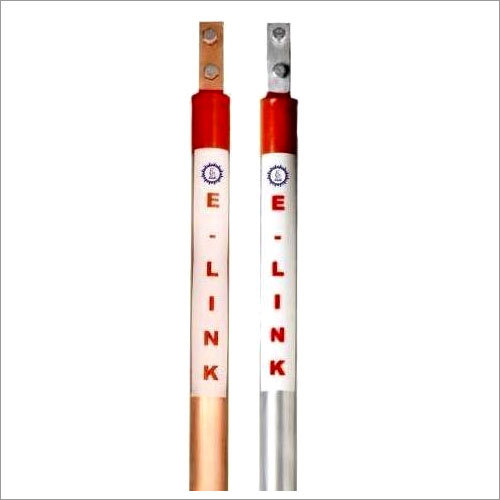Safe Earthing Electrode
Product Details:
- Product Type Safe Earthing Electrode
- Application Industrial
- Color Copper & Silver
- Warranty 1 Year
- Click to View more
Safe Earthing Electrode Price And Quantity
- 10 Piece
Safe Earthing Electrode Product Specifications
- Copper & Silver
- 1 Year
- Industrial
- Safe Earthing Electrode
Safe Earthing Electrode Trade Information
- Cash in Advance (CID)
- 500 Piece Per Day
- 1 Week
- BUBBLE PACKING
Product Description
A safe earthing electrode is a critical component of an electrical system designed to provide a safe path for fault currents to dissipate into the earth thereby protecting people equipment and structures from electrical hazards Proper installation and maintenance of earthing electrodes are essential for ensuring electrical safety Below are key aspects of a safe earthing electrode
1 Purpose of an Earthing Electrode
To provide a lowresistance path for fault currents to flow into the earth
To stabilize voltage levels and prevent electrical shocks
To protect equipment from damage due to lightning strikes or power surges
2 Types of Earthing Electrodes
Common types of earthing electrodes include
Rod Electrodes Made of copperbonded or galvanized steel rods driven into the ground
Plate Electrodes Copper or galvanized iron plates buried vertically in the earth
Pipe Electrodes GI or copper pipes filled with charcoal and salt for better conductivity
Strip or Wire Electrodes Copper or galvanized steel strips buried horizontally
Chemical Electrodes Electrodes with chemical compounds to enhance conductivity and reduce soil resistance
3 Key Requirements for a Safe Earthing Electrode
Low Earth Resistance The resistance of the earthing system should be as low as possible typically less than 5 ohms for most applications
Corrosion Resistance The electrode material should resist corrosion to ensure longterm reliability
Proper Depth The electrode should be buried deep enough to maintain contact with moist soil which improves conductivity
Adequate Size The electrode should have sufficient surface area to handle fault currents effectively
Moisture and Chemical Treatment Use of charcoal salt or other chemicals to reduce soil resistivity around the electrode
4 Installation Guidelines
Location Install the electrode in an area with moist soil and away from areas prone to drying or freezing
Spacing Maintain adequate spacing between multiple electrodes to avoid overlapping resistance zones
Connection Use proper clamps and connectors to ensure a secure and lowresistance connection between the electrode and the earthing conductor
Testing Regularly test the earthing system to ensure its resistance remains within acceptable limits
5 Maintenance of Earthing Electrodes
Inspect the electrode and connections periodically for signs of corrosion or damage
Replenish chemical treatments if used
Retest the earthing system resistance annually or after major electrical modifications
6 Safety Precautions
Ensure the earthing system complies with local electrical codes and standards eg IEC IEEE NEC
Use personal protective equipment PPE when working on or near earthing systems
Avoid installing electrodes near underground utilities or pipelines to prevent interference or damage
7 Common Standards for Earthing Electrodes
IEC 60364 International standard for electrical installations
IEEE 80 Guide for safety in AC substation grounding
NEC Article 250 National Electrical Code requirements for grounding and bonding
By following these guidelines you can ensure that your earthing electrode system is safe reliable and effective in protecting against electrical hazards

Price:
- 50
- 100
- 200
- 250
- 500
- 1000+








 Send Inquiry
Send Inquiry Send SMS
Send SMS
